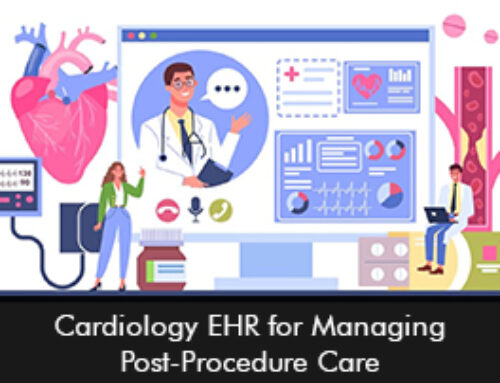Electronic Medical Records (EMR) Software technology plays a crucial role in post-acute care. The robust platform aids post-acute caregivers in efficiently managing patient information, streamlining clinical workflows, and improving the quality of patient care.
How can EHR systems help providers in post-acute care?
Skilled nursing institutions, home health agencies, and rehabilitation centers are examples of post-acute care settings. Healthcare providers can use EMR software to collect and maintain patient information such as vital signs, prescription schedules, and treatment plans. Through interoperability options, this information can be easily shared among healthcare providers. When data can be shared seamlessly, it improves care coordination and minimizes the chance of errors and duplications.
Clinicians in post-acute care settings can leverage EHR solutions to monitor patient progress over time. This allows them to make the right adjustments to treatment plans as needed. As a result, patient outcomes can enhance and hospital readmissions can reduce.
Providers can also use post-acute electronic health records software to participate in integrated care coordination programs with payers and referring partners. This allows them to provide high-quality patient care.
Increasing use of EMR Software by post-acute providers
A new survey by Black Book Market Research revealed that more post-acute providers are using electronic medical records technology in their facilities.
The survey gathered responses from 1,640 post-acute and long-term care providers. 21% of doctors now have some EMR software functionalities as compared to Q4 2019.
Data exchange problems in post-acute care settings
The survey found that providers are struggling to smoothly share patient information with other providers. This is a cause of concern as care gaps can arise without proper communication and exchange of health information.
Long-term care administrators revealed that 86% of their facilities are lagging in the electronic exchange of information with referring hospitals and physicians. In the healthcare setting, interoperability between hospitals and nursing homes has been a great challenge.
Moving ahead
To meet the future interoperability needs of post-acute care providers, health IT vendors need to come up with proactive solutions and the development of interoperability tools.
Post-acute care suppliers seeking to differentiate themselves may follow in the footsteps of big acute care/ambulatory manufacturers by incorporating interoperability features and governance into their EMR software.







